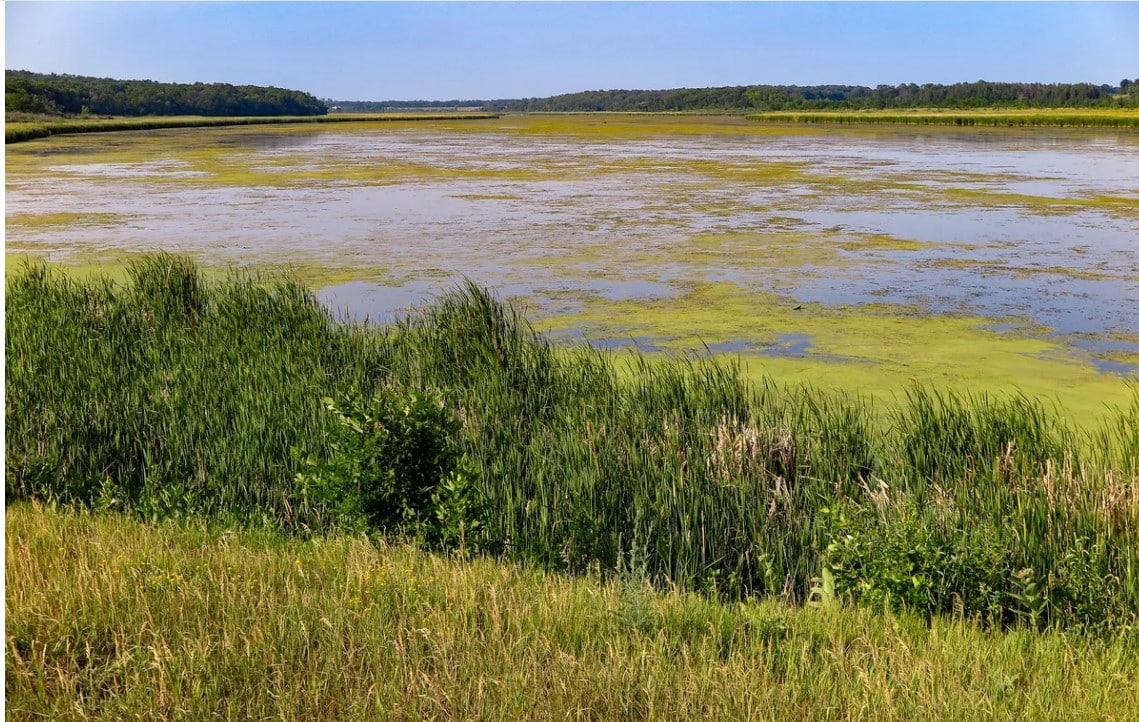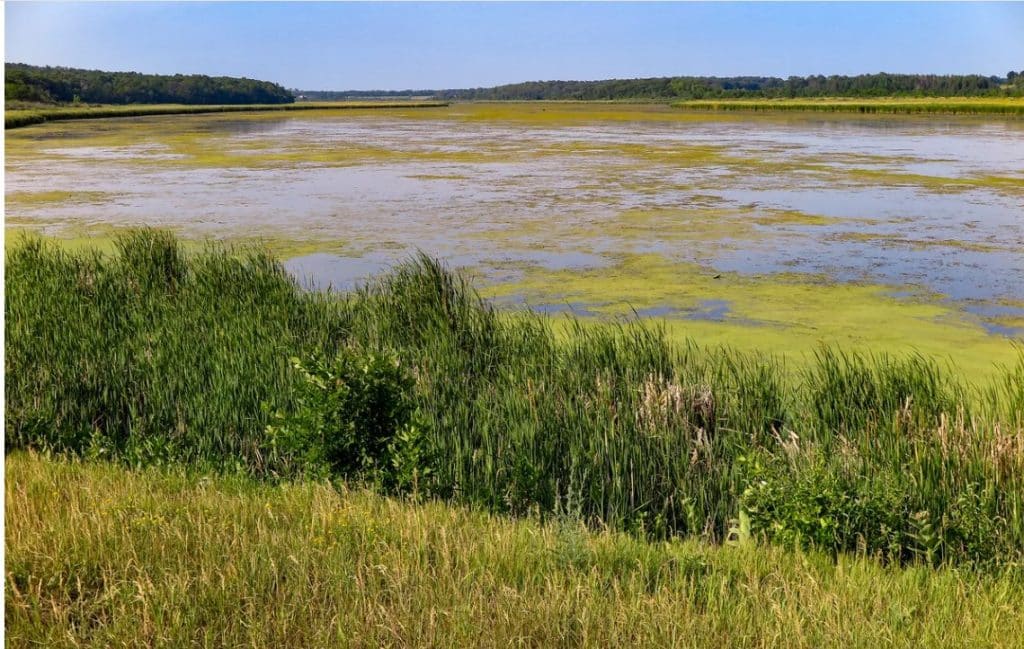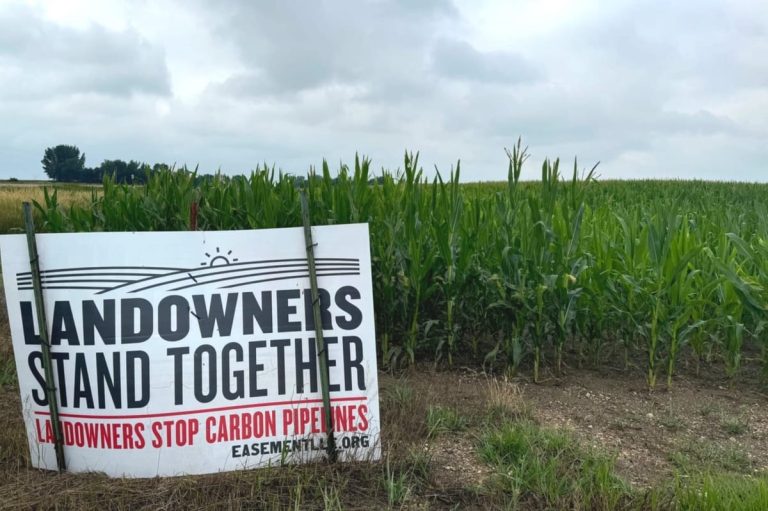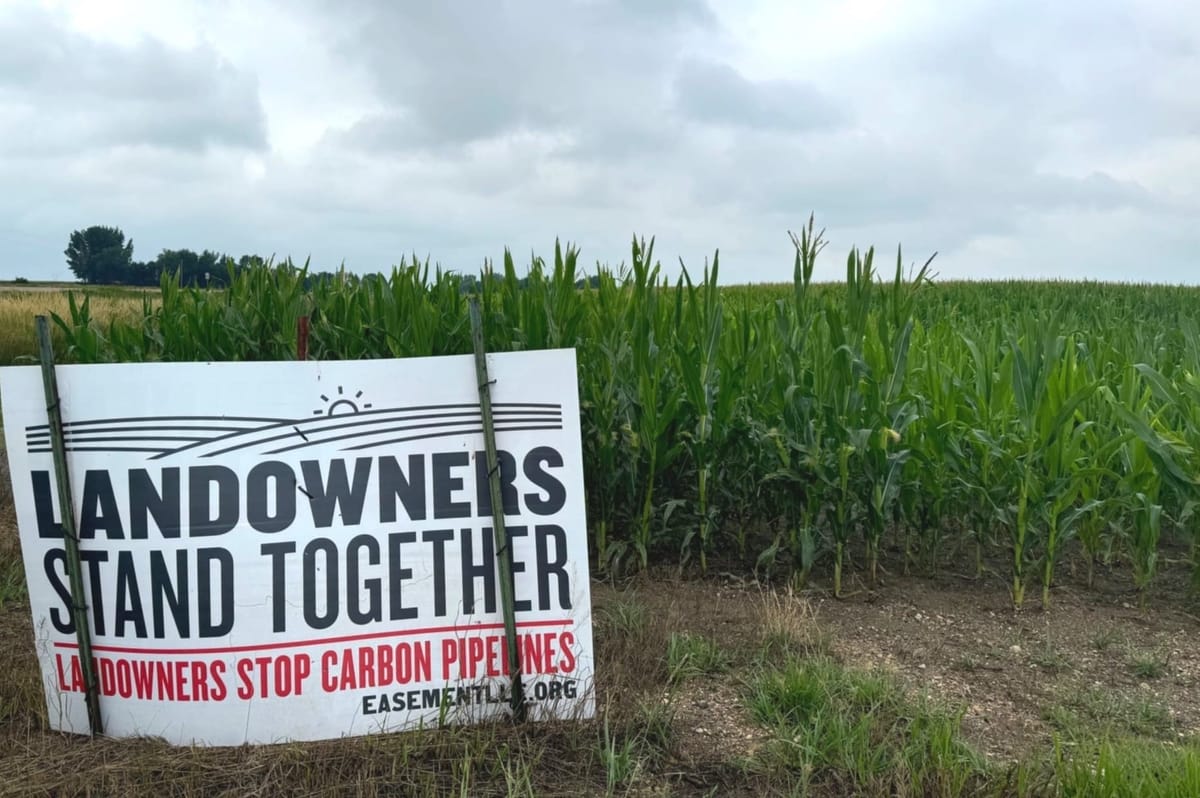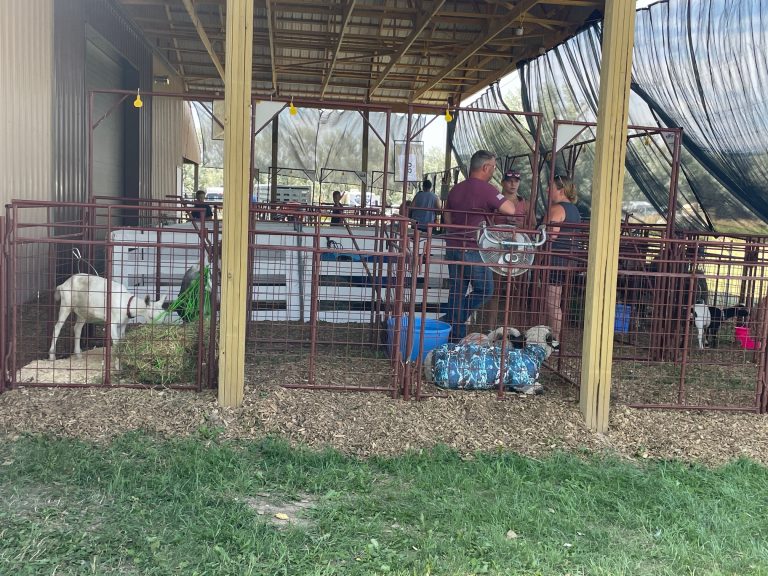PIERRE, S.D. – South Dakota, with its robust $11 billion agricultural industry, faces a significant environmental challenge – water quality. Contaminants found in over 70 percent of South Dakota waterways are well above accepted health guidelines
Governor Kristi Noem, an advocate of combining agriculture with conservation, has pushed for various voluntary conservation programs. One of them, the Riparian Buffer Strip Initiative, spearheaded by the South Dakota Department of Agriculture and Natural Resources, struggles to gain momentum.
The initiative, focused on the Big Sioux Watershed, offers landowners a 50% property tax reduction for implementing buffer strips. Despite similar efforts since 2016, including a 40% tax incentive, participation remains low. This reluctance stems from various factors, including insufficient awareness, loss of productive land, and minimal funding.
The impact of this low participation is evident in the Big Sioux River’s health. Organizations like Friends of the Big Sioux River highlight issues like high E. Coli levels in the watershed, exacerbated by stormwater runoff from agricultural lands. Riparian buffer strips can significantly improve water quality by filtering sediments and pollutants, yet the current voluntary approach isn’t delivering the desired results.
In contrast, South Dakota’s neighbor, Minnesota, has seen notable success with mandatory riparian buffer strips. Enacted in 2015, the Minnesota buffer bill led to around 98% compliance by July 2019, demonstrating a marked improvement in water quality and aquatic life.
These buffer strips serve as natural filters, trapping harmful sediments and promoting cleaner water and healthier ecosystems. Studies in Minnesota show promising results, including decreased erosion and enhanced aquatic life, emphasizing the effectiveness of a mandated approach.
South Dakota’s latest initiative, despite a $3 million backing and increased incentives, falls short of expectations. The situation calls for a reconsideration of strategies. While a mandate may reduce autonomy for landowners, it could lead to significant environmental benefits, particularly for crucial water bodies like the Big Sioux River.
With the evidence from Minnesota’s success, South Dakota faces a critical decision on whether to continue its voluntary program or shift towards a mandatory approach for riparian buffer strips.
